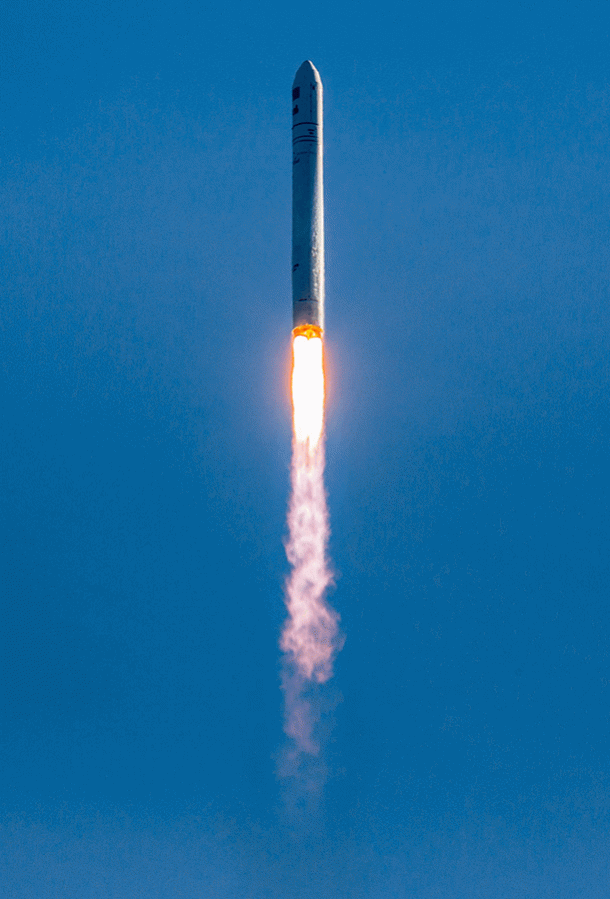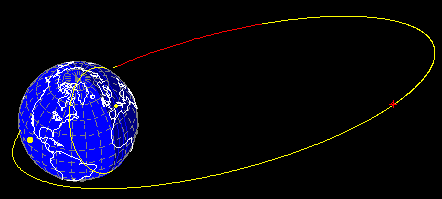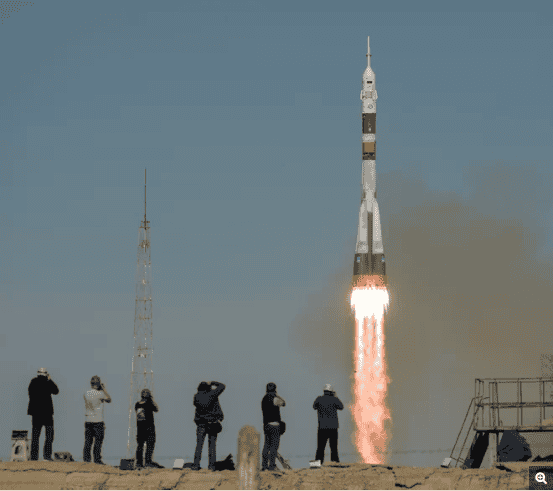The function of a propeller is to convert the rotational motion into thrust, a force that drives the aircraft through the fluid. A propulsion system works in a way that the acceleration of the working fluid is increased by creating a pressure difference between the front and the rear of blades.

In a propeller-powered aircraft, turbines and propellers make use of the air in the atmosphere as a working fluid or water in case of merchant vessels and submarines. In a rocket engine, fuel and an oxidizer are mixed that are blasted in a combustion chamber. The hot exhaust produced by this chamber is channeled through a nozzle to accelerate the flow that provides thrust.
The top speed that can be achieved by a propeller aircraft is 623 miles per hour with Mach 0.83, and the velocity that it requires to sustain the orbit lies in the neighborhood of 18,000 miles per hour. Since the propellers become insignificant at Mach 1, the craft will remain useful only for a minute. It just becomes a useless weight after this one minute. The reason is that no working fluid is available for the turbine to create a thrust.

The Roton Rocket Company designed the rotary rocket called Roton based on a similar concept. They have already completed the development of full-scale test vehicle. However, the business was closed in 2001 for the lack of funding for orbital flight. The following video demonstrates one of the flight tests of Roton.
Who knew the answer was that simple?!


